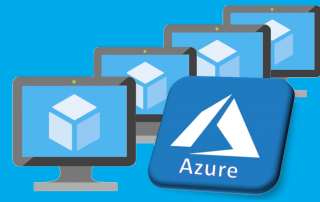What is the Bot Conversation History with Azure Cosmos DB?
Bot Framework State is a service to track the context of a previous conversation with a specific user. Bot Builder SDK users are well-aware of the importance of this feature as it helps you in data analysis and data auditing. Sentiment analysis and funnel analysis are the scenarios where you need Bot conversation and machine […]


Recent Comments